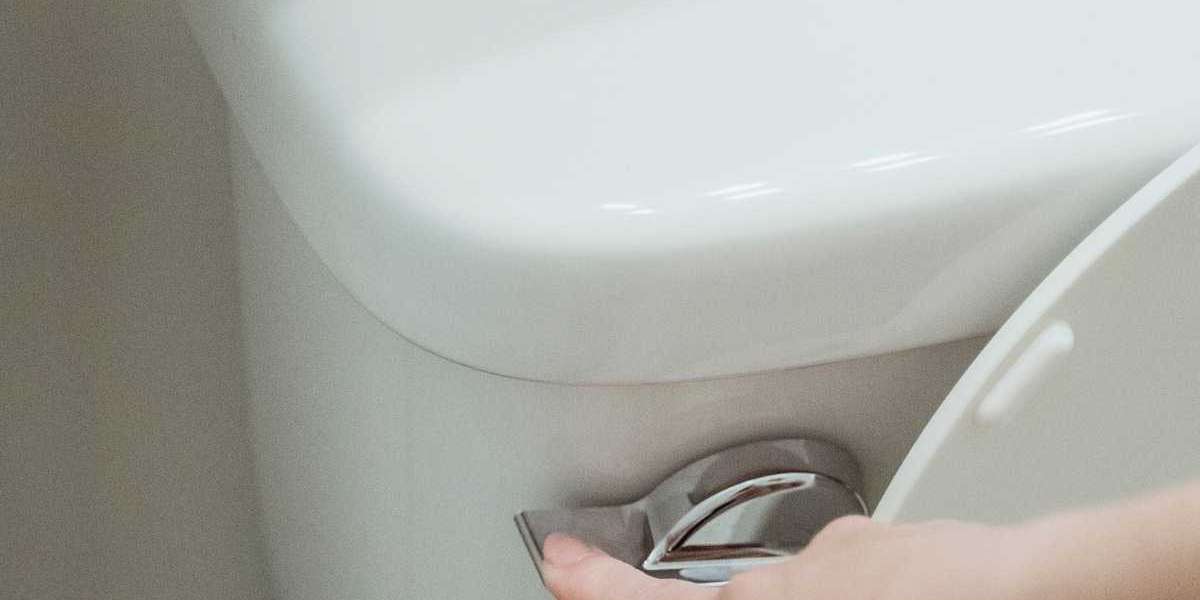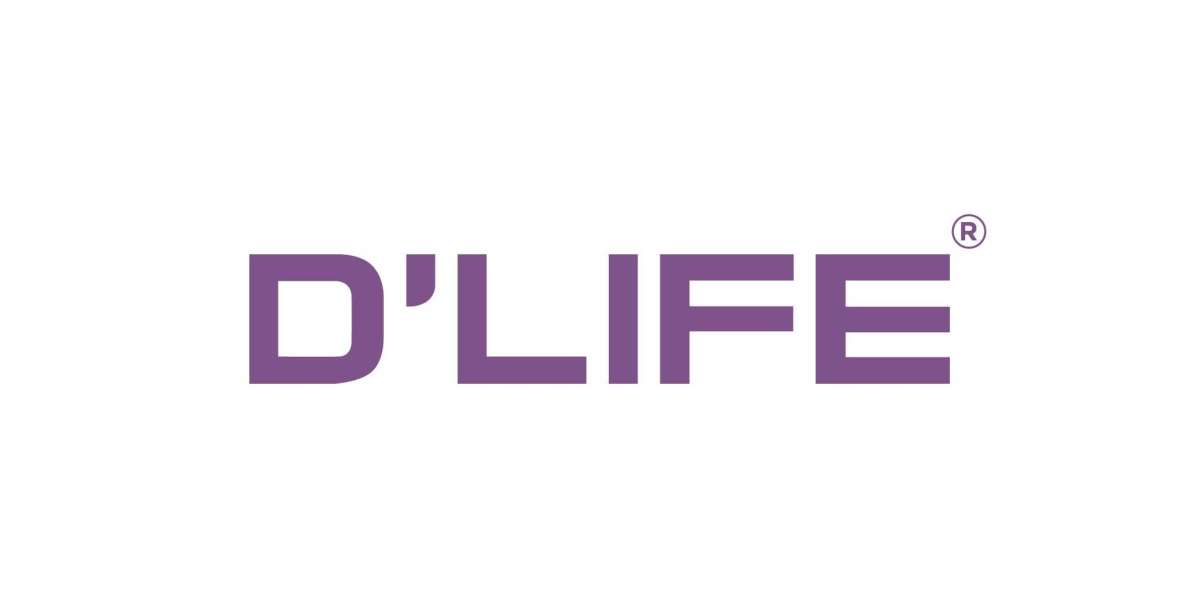Plumbing issues in Tucson, AZ, are more common than you might think. Whether you're dealing with old pipes in Midtown or new construction in Marana, leaks and water waste are on the rise. That’s why installing a water monitor has become a game-changer.
If you're considering upgrades like an outside water faucet heater, this is the perfect time to install a smart water monitoring system. These devices help homeowners track usage, detect leaks, and avoid costly damage—especially in a city like Tucson where hard water and aging infrastructure add stress to plumbing systems.
Let’s walk through the installation process and explore why every Tucson home should have one.
What is a Water Monitor?
A water monitor is a smart device that tracks water flow through your pipes. It provides real-time data on usage and alerts you to leaks or unusual patterns. Some advanced models can even shut off water automatically when a problem is detected.
For homes in Tucson—where water is a precious resource—this tech provides peace of mind, better conservation, and long-term savings on utility bills.
Why Install a Water Monitor?
Here are some compelling reasons:
Early leak detection – Stop minor leaks before they become disasters
Prevent water damage – Especially helpful when you're away from home
Monitor usage – Understand where water is being used most
Save money – Spot and fix inefficiencies
Boost plumbing efficiency – Ideal if you've added an outside water faucet heater or upgraded appliances
In short, water monitors are no longer a luxury—they're a necessity for smart plumbing in Tucson.
Common Plumbing Issues That Water Monitors Help Detect
In Tucson neighborhoods like Catalina Foothills, Rita Ranch, and Armory Park, many homeowners report issues such as:
Undetected slab leaks
Leaking outdoor faucets and heaters
Overuse of irrigation systems
Aging pipe systems with silent leaks
Pressure fluctuations due to hard water buildup
Installing a water monitor allows you to catch these problems early and avoid extensive repairs.
Tools and Materials Needed
Before starting installation, gather the following:
Water monitor (like Moen Flo, Phyn, or Flume)
Smartphone or tablet (for setup)
Wi-Fi connection
Adjustable wrench
Pipe cutter (for inline models)
Teflon tape
Shut-off valve (if not already present)
Most systems include detailed instructions, but having basic plumbing knowledge helps.
Types of Water Monitors
There are two main types:
1. Inline Monitors
These require cutting into your main water line and installing the monitor directly. They offer the most accurate data and often include automatic shut-off.
2. Clamp-On Monitors
These strap onto your pipe (no cutting) and measure flow using ultrasonic sensors. While easier to install, they may not support automatic shut-off.
How to Install a Water Monitor: Step-by-Step
Step 1: Choose the Installation Spot
Find your main water line. It’s usually in the garage, basement, or outside wall. If you're pairing this with an outside water faucet heater, the main line is often nearby.
Step 2: Shut Off the Water Supply
Turn off the main valve and open nearby faucets to release pressure. This makes cutting into the line easier and safer.
Step 3: Prepare the Pipe
If you're installing an inline monitor, use a pipe cutter to remove a section of the pipe. Clean the edges and apply Teflon tape where needed.
Step 4: Attach the Water Monitor
Follow the manufacturer’s guide. Usually, you’ll screw or clamp the device into place, making sure it sits level. Tighten all fittings securely but don’t overdo it.
Step 5: Connect to Wi-Fi and App
Download the app for your device. Follow the prompts to sync your water monitor to your home Wi-Fi network. Some systems require scanning a QR code on the device.
Step 6: Turn the Water Back On
Slowly open the main water valve. Check for any leaks and ensure water flows normally through your fixtures.
Step 7: Run a Test
Most apps will guide you through a calibration or test phase. Run a faucet or flush a toilet and confirm the device is tracking correctly.
Pairing a Water Monitor with an Outside Water Faucet Heater
Outdoor plumbing systems, especially those with water heaters, are prone to leaks and overuse. A water monitor helps:
Track usage during irrigation or cleaning
Detect freeze-related leaks in outdoor pipes
Monitor water pressure for heaters
If you're adding or already have an outside water faucet heater, this combination offers powerful control and peace of mind.
Where in Tucson Are Water Monitors Most Needed?
Water monitors can benefit any home, but they’re especially helpful in areas facing common plumbing issues:
Catalina Foothills – High-value homes with aging pipes
Rita Ranch – New builds with high-pressure water systems
Armory Park – Historic homes with outdated plumbing
Oro Valley – Irrigation-heavy homes with outdoor plumbing
Midtown Tucson – Higher risk of underground slab leaks
Marana – Homes with outdoor heaters exposed to temperature swings
Maintenance and Monitoring Tips
Once installed, you should:
Check the app weekly for any unusual usage
Set up automatic alerts for leaks or flow issues
Monitor seasonal trends—especially during summer irrigation and winter freezes
Perform routine maintenance if your model includes filters or batteries
Staying proactive helps extend the life of both your monitor and your plumbing.
When to Call a Plumber
While many Tucson homeowners can handle this DIY project, you should consider hiring a professional if:
Your pipes are buried or hard to access
You're unfamiliar with cutting into plumbing
You're also installing or modifying an outside water faucet heater
You want to combine monitoring with full system upgrades
A licensed plumber ensures everything is up to code and functioning correctly.
Final Thoughts
Installing a water monitor is one of the smartest upgrades you can make to your home’s plumbing system—especially in Tucson. Whether you're protecting against hidden leaks or tracking outdoor heater usage, these devices offer unmatched control, safety, and savings.
As water costs rise and weather patterns shift, Tucson residents in neighborhoods like Catalina Foothills, Marana, and Midtown are already seeing the benefits.








